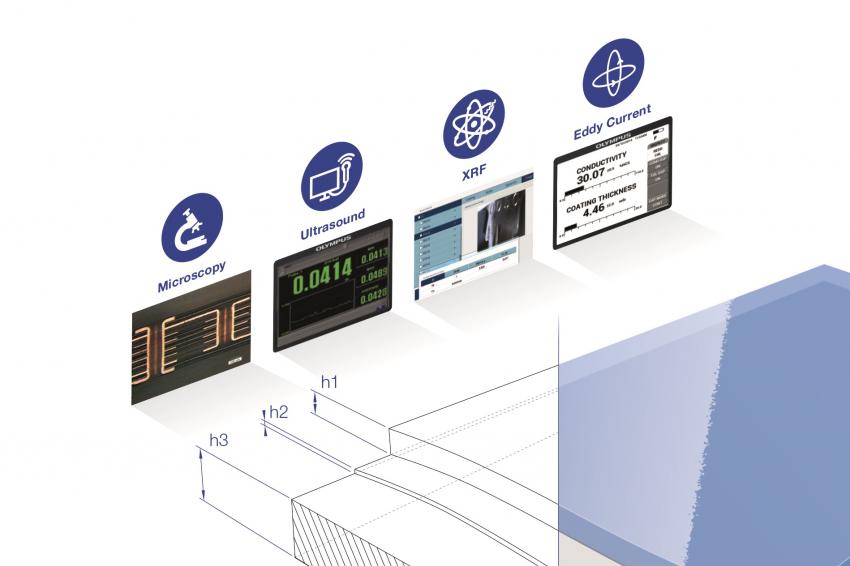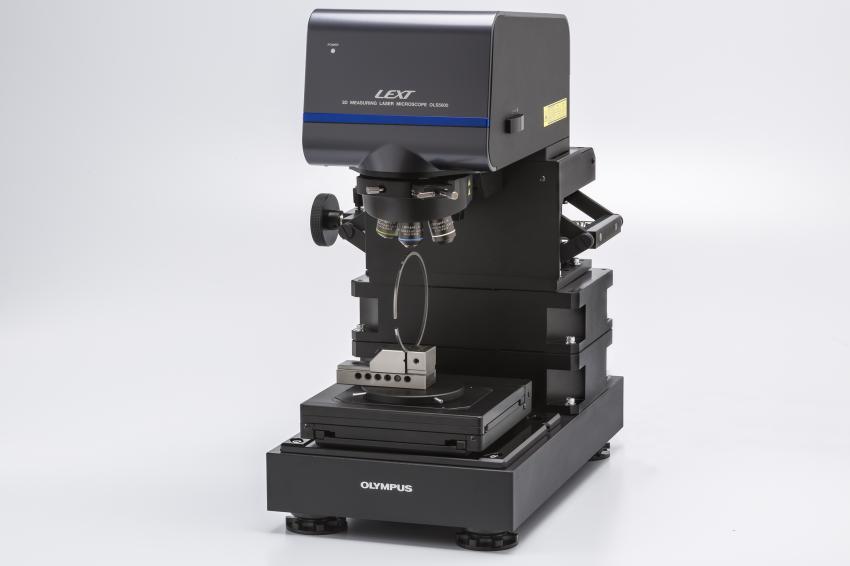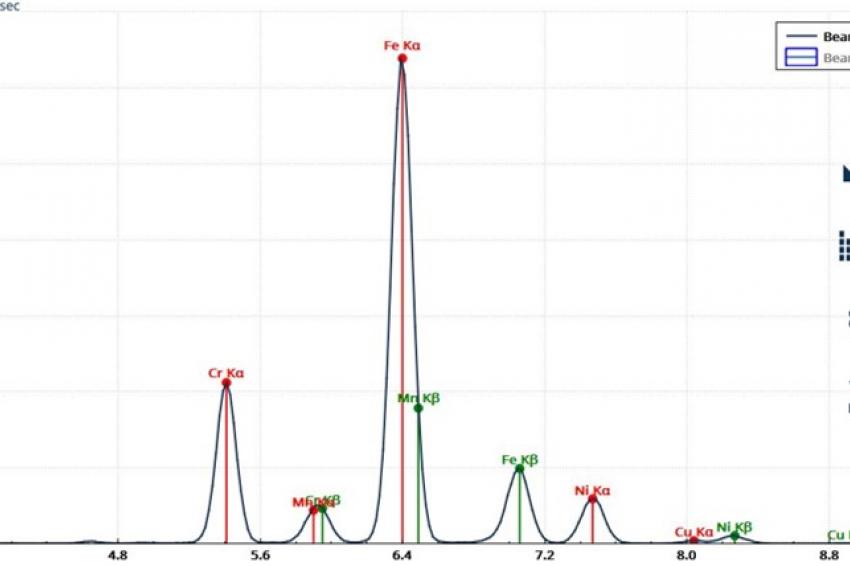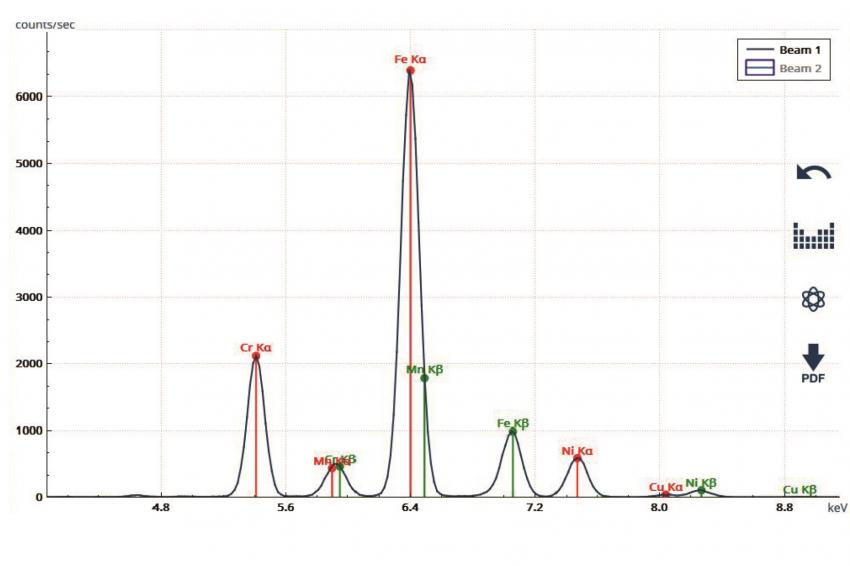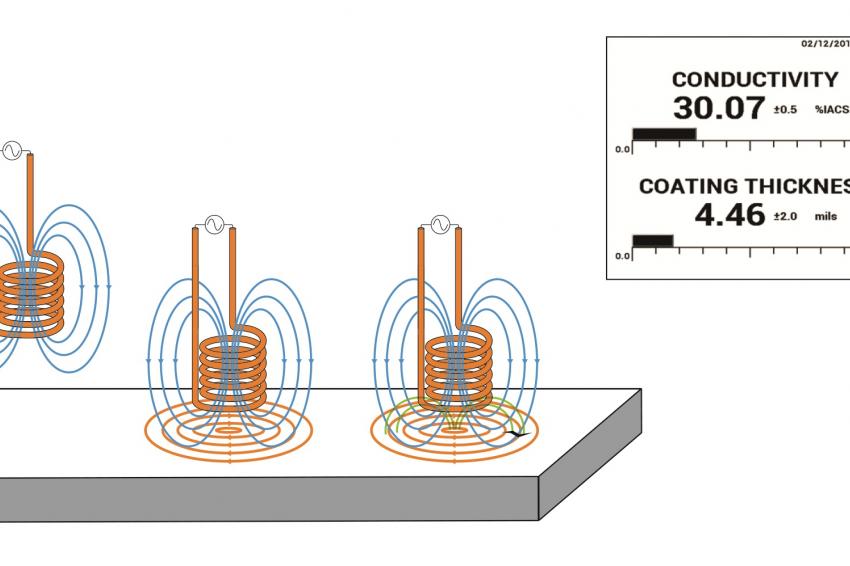Selecting the most suitable technique for coating inspections
Coating inspection is an important aspect of quality control in many components and finished products
Whether a coating is used as a protective barrier or merely for decoration – coating quality matters. When coatings protect the underlying material against air or moisture, it is often the thickness of the coating that determines its efficacy and longevity. Also, the presence of flaws plays a key role in coating quality. When it comes to inspection, the vast range of coating options has meant that there are several inspection techniques, which are well suited for coating inspection. Choosing the best method depends strongly on the type of coating – and on which benefits are most important for the task at hand. Let us take a closer look at the available options, helping you to make informed decisions and choose an inspection technology that fits your workflow.
See for yourself
If seeing all the ins and outs of a component or sample with high-resolution images is essential, microscopy is the technique to go for. Microscopy is an extremely versatile technique and different microscopes offer different benefits for quality control of coatings.
When using an industrial light microscope, samples can be inspected in great detail – not just for measuring the thickness of the coating, but also for looking at flaws, irregularities and for assessing the bond between the coating and the underlying material. Images are easy to interpret and there is no limit to the number of layers that can be distinguished. The main drawback, however, is that light microscopy is a destructive technique, which usually means that a component (or a part of it) has to be cut to reveal a cross section. After cutting, a sample also needs to be prepared for microscopy by grinding and polishing in order to produce a clean, detailed image.
Inspecting PCBs
The level of detail shown by polished cross section imaging is highly beneficial in the inspection of printed circuit boards (PCBs). In PCBs, a complex internal structure of resin and copper coatings can be visualised with great precision with light microscopy. Confocal microscopy can serve as an alternative to destructive cross section-based testing. When a coating is transparent, confocal microscopes can provide precise details of either one or multiple layers of coating with minimal sample preparation. Its pinhole-based setup eliminates out-of-focus light, enabling sub-micrometre precision. For larger components, confocal microscopes with an extension frame, such as the Olympus LEXT OLS5000, are suitable as these can accommodate samples of all shapes and sizes.
Down to the nano-scale
When detection of very thin coatings, such as those below 100 nm, is required, elemental analysis is a suitable option. Elemental analysis can be carried out using X-ray fluorescence (XRF) detectors. Although this technique comes with constraints on which elements can be detected, XRF spectra show extremely small traces of most metals, which correlate well with coating thickness. For fast elemental analyses that can be done on the factory floor rather than in a testing lab, portable handheld XRF analysers, such as Olympus’ Vanta series, can be used. XRF analysers can give coating thicknesses within seconds, thereby causing minimal disruption to the production workflow. As a fast method for detecting metal-containing coatings with high precision, one application where XRF is particularly well suited is galvanisation inspection. Galvanised products usually consist of a zinc coating that is covering a component, which does not contain zinc. This means that the zinc signal in the XRF spectrum is a reliable indicator of coating thickness.
Multi-tasking with eddy currents
The easiest way of adding coating measurements to an inspection workflow is to carry out the measurement with the equipment that is already part of the inspection process. Eddy current flaw detection for example, is a technology that is frequently used in the aerospace industry to inspect different components of an aircraft. However, the same equipment can also be used to measure the thicknesses of non-ferromagnetic coatings with high precision. Eddy current flaw detectors generate an electric field that produces detectable currents in the bulk material. These currents give information about flaws inside the material – and also about the properties of the coating. Aside from the obvious cost savings, carrying out coating inspections with already purchased equipment also means that less training is required.
Furthermore, carrying out two different inspections using the same piece of equipment also saves time and makes the inspection easier.
Large areas, high throughput
In the inspection of large surface areas, the speed of the inspection is often a critical parameter. For this type of inspection, ultrasound technology is a commonly used technique. Ultrasound works by sending high-frequency sound waves through the component that needs to be inspected. These sound waves can travel relatively unhindered through solid material but will deflect off any kind of interface within the material. This property makes ultrasound suitable for inspections such as corrosion monitoring, but it also makes it easy to check the thickness of a coating. The potential for inspecting large areas in less time makes ultrasound a frequently used technique in pipeline inspections. Pipelines can be coated with a corrosion-resistant alloy that serves as a protective barrier against moisture and air.
Save time and costs
In industrial inspection and quality control, coating measurements are an important indicator of the quality and longevity of a product. A range of different technologies can be used – each offering distinct benefits, such as speed, resolution, ease of use or a dual functionality. Microscopy, X-ray fluorescence, ultrasonic flaw detection and eddy current flaw detection enable you to measure the thickness of a coating as well as other coating properties. Choosing the most suitable technique for your inspection can help to save time, save costs and get the utmost precision in the parameters you need to make informed decisions on safety and quality.

